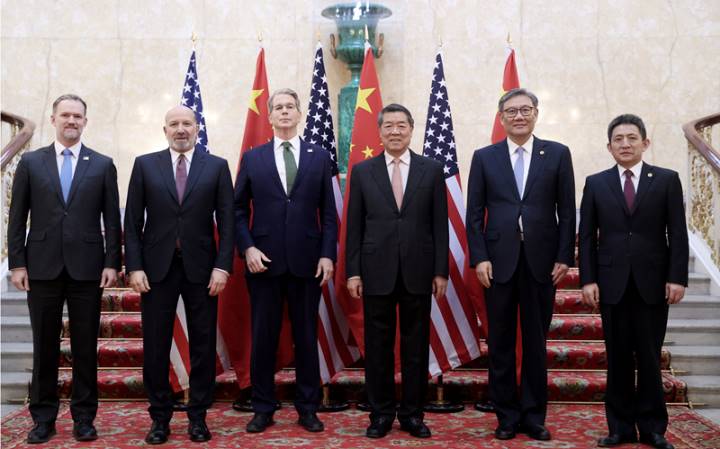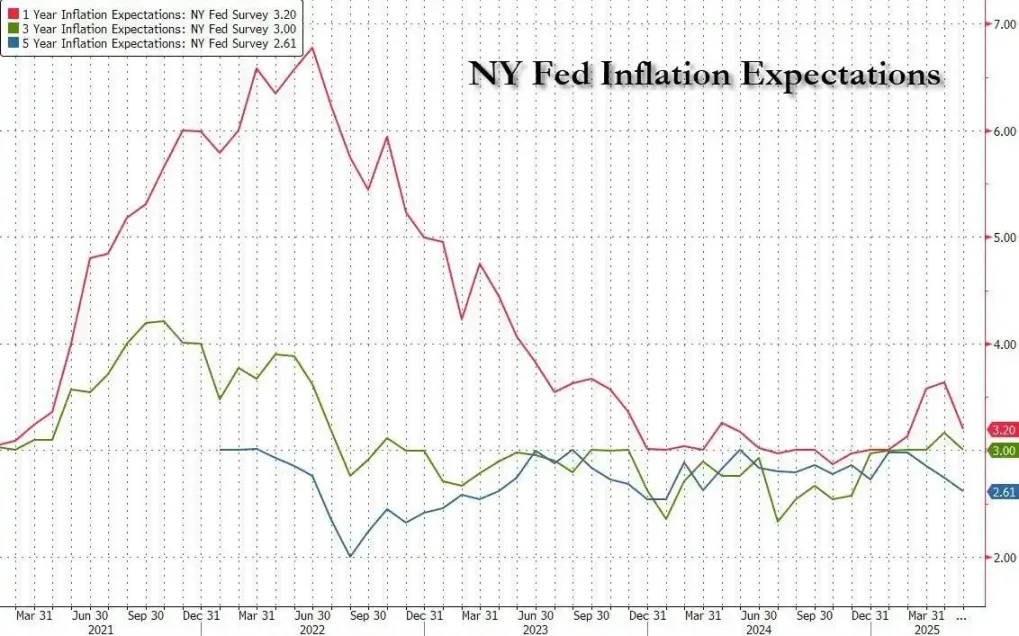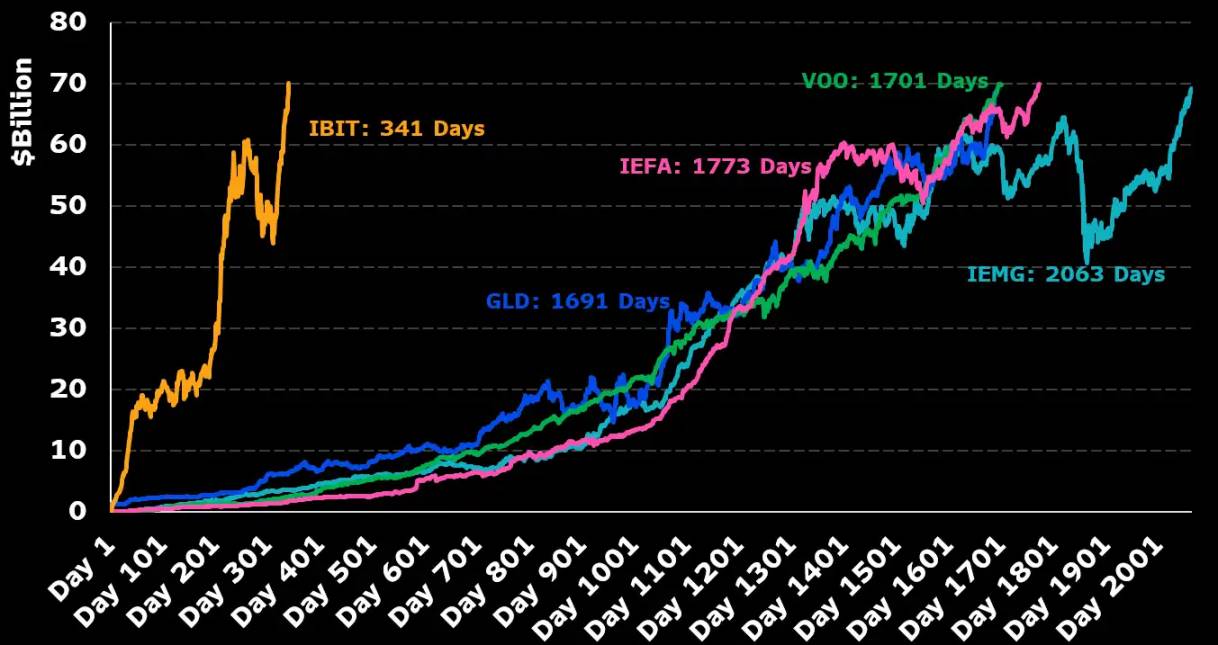Written by: Bright, Foresight News
On the morning of June 10th, with positive signals from the China-US talks, the cryptocurrency secondary market warmed up. BTC rebounded and broke through the $110,000 mark, just $1,400 away from its historical high, with many Altcoins significantly rebounding. After creating a new high on May 22nd, BTC has been continuously adjusting for two weeks, with the low point touching $100,355, and steadily rebounding to $110,000 this week, with a rise of over 10.26%. At the time of writing, Bitcoin was temporarily reported at $109,632.
ETH performed relatively strongly. After a brief consolidation, it continued its good upward trend, rebounding from the bottom of $2,379 to break through to $2,726, just $62 away from the new high of this round, rising over 12.2%. SOL may have been sold by large investors due to a cold on-chain market, barely rebounding to $161 after touching the low point of $141, with a rise of 14.18%, but still having considerable room from the high point of $187.71 in this round.
The total market value of cryptocurrencies rebounded by over 2%, approaching $3.5 trillion. With Altcoins collectively rising, Bitcoin's market dominance slightly decreased to 62.42%, the Altcoin season index rebounded to 20, and the fear and greed index rose to 64, representing greed. During the same period, US stocks slightly rose. The S&P 500 index rose 5.52 points, up 0.09%, just 2.3% away from the closing high on February 19th. The Dow Jones fell 1.11 points, down 0.00%, at 42,761.76 points. The Nasdaq rose 61.28 points, up 0.31%. Among US crypto stocks, Circle continued to perform brilliantly, breaking through $138 intraday, rising over 4.45 times from its issue price of $31. Coinbase rose 2.13%, with its stock price rebounding to $256.63. MicroStrategy rose over 4.71%, closing at $392.12, almost returning to the $400 mark.
Regarding liquidation data, according to Coinglass, in the past 24 hours, over 106,600 people were liquidated, with a total liquidation amount of $436 million, short liquidations of $381 million, and long liquidations of $54.626 million, mainly short liquidations. The largest single liquidation on CEX was ETH-USDT on Huobi, valued at $4.0596 million.
It can be said that BTC's medium and long-term fundamentals remain unchanged, with continuous buying from asset management institutions and listed companies becoming the main buying force for BTC's continued rise. After a two-week wide-range adjustment, BTC has risen healthily, and the positive signals from the new round of China-US trade negotiations have further stimulated the overall recovery of risk assets. BTC's impact on $120,000 may not be difficult in June.
Trump Administration Repeatedly Praises "Not Bad"
On June 9th, the first meeting of the China-US economic and trade consultation mechanism was held in London, UK, discussing issues of rare earth imports and exports and US pan-technology product imports and exports. Vice Premier He Lifeng, US Treasury Secretary Becent, and US Commerce Secretary Raimondo attended the meeting. Among them, Commerce Secretary Raimondo, who was absent from the China-US Geneva talks in May, is considered a senior US official with a very strict stance on China's technology export control.

On June 10th, the Trump administration expressed satisfaction with the consultation meeting. US Treasury Secretary Becent said when discussing the China-US talks that it was "a good meeting". US Commerce Secretary Raimondo believed the China-US talks were "fruitful". Subsequently, US President Trump stated, "Our progress with China is good, receiving good news from London. We will consider lifting export controls, and China-US negotiations are still ongoing." Immediately, US chip stocks led the gains, with NVIDIA rising over 2.2%.
Public opinion generally believes that the positive attitude of officials from both sides this time clearly hopes to extend the truce period previously recognized by both sides after trade friction. The Trump administration's satisfactory statement after the talks further promoted the rise of global risk assets.
Macro Data Boosts Confidence
In May, US consumers' expectations for future inflation comprehensively declined for the first time since 2024, with the largest decline in short-term inflation expectations. The latest survey results released by the New York Fed in May showed that one-year inflation expectations dropped from 3.6% in April to 3.2%, the largest decline. Three-year inflation expectations dropped from 3.2% to 3%. Five-year inflation expectations dropped from 2.7% to 2.6%.

Analysts point out that although inflation expectations are still higher than the Fed's 2% target, they have clearly fallen, showing improved consumer confidence, mainly due to the temporary easing of China-US trade tensions. After the news of tariff relief was released, multiple surveys (including this New York Fed survey) showed that consumer sentiment has improved.
Kevin Hassett, director of the White House National Economic Council, said: "From various inflation indicators, the current inflation decline is the largest in the past four years. Although tariff revenue is rising, inflation is falling, which is contrary to what many people say (tariffs will push up inflation), but consistent with our long-standing judgment."
April inflation data also showed that the Fed's preferred inflation indicator, the Personal Consumption Expenditures Price Index (PCE), was 2.1% in April, the lowest since February 2021. The core PCE excluding food and energy was 2.5%. Fed officials are closely monitoring consumer inflation expectations to assess whether tariffs may lead to persistent inflation, and the market generally expects the Fed to keep interest rates unchanged at the June 17-18 meeting.
However, Nick Timiraos, the "Fed's mouthpiece", said that the uncertainty of US medium-term inflation expectations remains high (3-year inflation expectations at 3%, previous value 3.2%; 5-year inflation expectations at 2.6%, previous value 2.7%). The market may have "overly optimistically" interpreted short-term data.
Bitcoin's Momentum is Strong
More and more listed companies are entering the game of strategic Bitcoin reserves.
On June 9th, US-listed company KULR is seeking to raise up to $300 million in funds by issuing ordinary shares in the market. The company currently holds 800 Bitcoins and plans to use the raised funds for general corporate purposes, including buying more Bitcoin. It is reported that KULR has also leased 5,500 S-19 Bitcoin mining machines through two agreements for mining, with a total amount of over $4 million.
On June 9th, crypto mining company BitMine Immersion Technologies announced the purchase of 100 Bitcoins in the open market using funds from a recent stock issuance, officially launching its Bitcoin reserve strategy. The company stated that it will continue to increase its Bitcoin holdings as a long-term investment and core business pillar.
On the same day, the board of directors of UK-listed company Anemoi International announced that based on the announcement issued on June 6th, 2025, the company has invested approximately 30% of its cash reserves in Bitcoin. The board believes that the company's revised financial management strategy is completely complementary to its current core business and expects to release further announcements about the company's business and financial management strategy in the near future. Anemoi International Ltd. is a holding company located in the British Virgin Islands. The company operates through its subsidiary id4 AG, a regulatory technology company providing digital solutions for small and medium-sized financial institutions.
In addition, the continuous influx of institutional funds has become one of the main drivers of Bitcoin's rise. According to Bloomberg senior ETF analyst Eric Balchunas, BlackRock's IBIT holdings have exceeded $70 billion, becoming the fastest to reach this milestone in 341 days, 5 times faster than the old record of 1,691 days held by GLD.

Decrypt analyst Jose Antonio Lanz stated that the gap between Bitcoin's 50-day exponential moving average (EMA) and 200-day EMA is widening, which is typically a signal of increasing bullish momentum. This trend confirms the medium-term bullish outlook, successfully avoiding a potential "death cross" and making the short-term moving average zone easier to be viewed as a good price support area. Even if the price pulls back, it would be difficult to break below the key support level of $100,000 - where the current EMA line is precisely located.
Currently, dialogue between Chinese and US government officials continues at the talks in London. Given the strategic considerations of both countries, there are still uncertainties about whether this dialogue can achieve the expected results. Any price increases based on policy compromises require caution about potential agreement breakdown black swan events. The impact of July tariff data still needs market exploration and "mine clearing".








